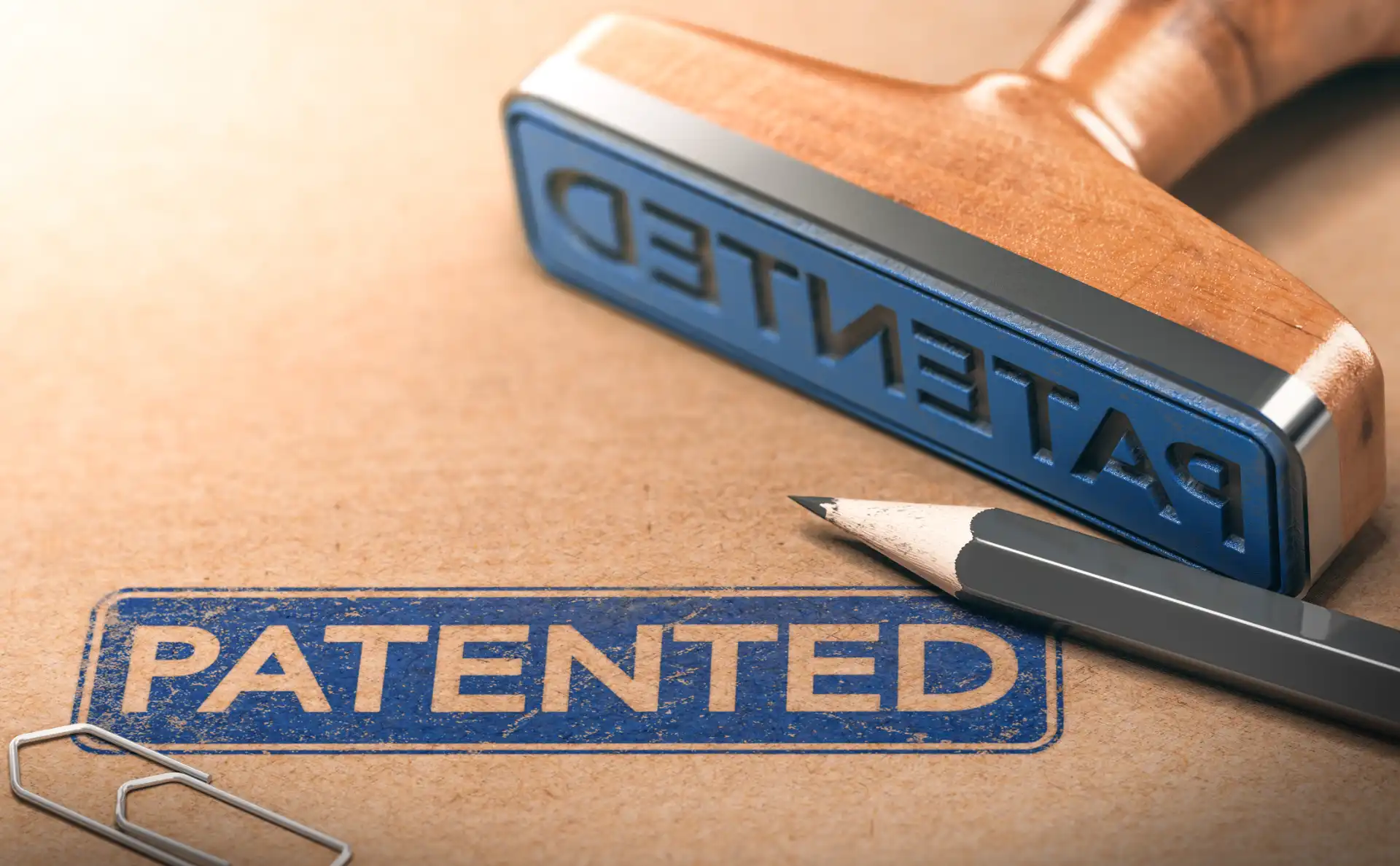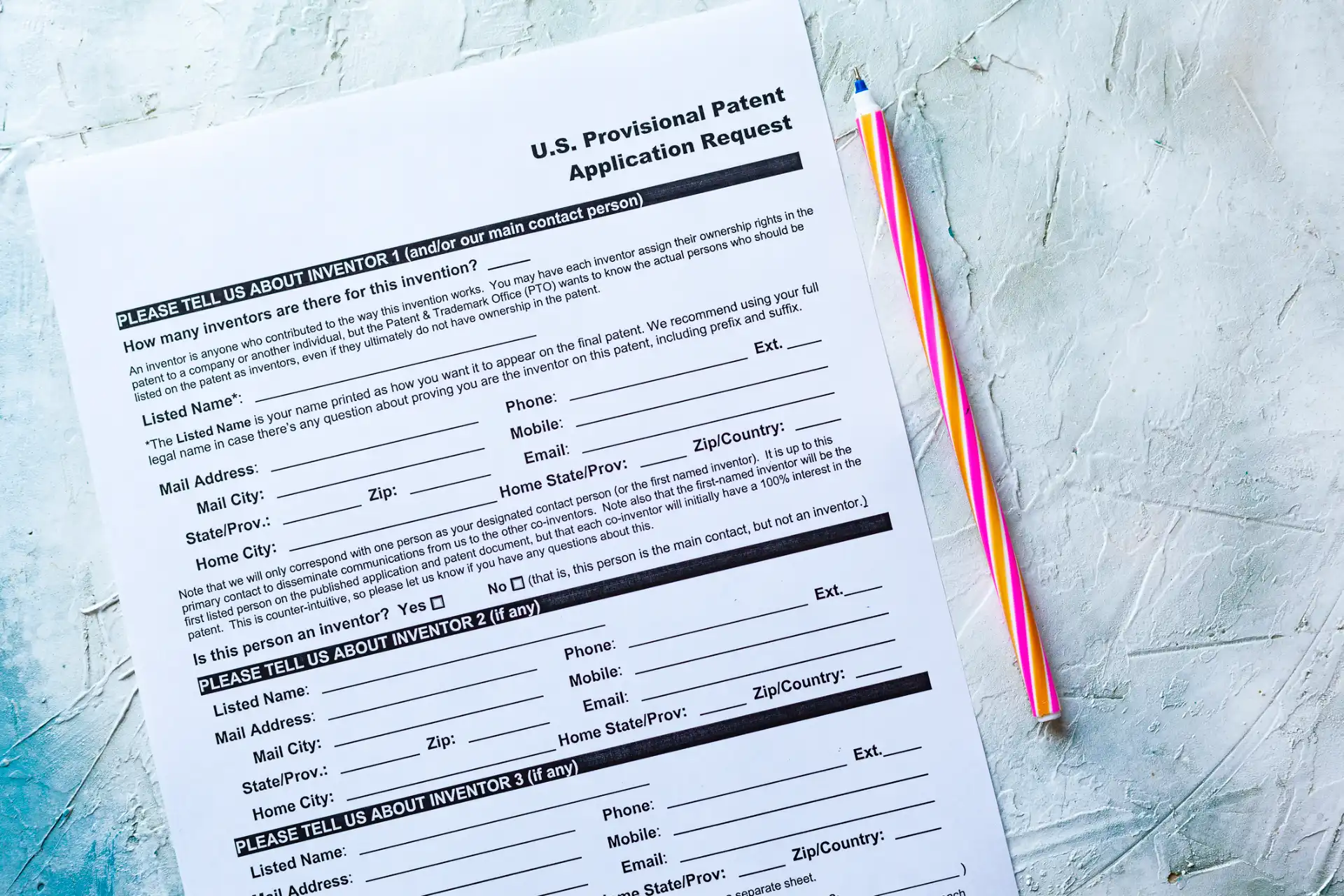How to File a Patent Application: Step-by-Step Guide for First-Time Inventors
Filing a patent application is a crucial step for inventors aiming to protect their unique creations. This step-by-step guide for first-time inventors will walk you through the entire process, ensuring you understand each phase and its importance.
Importance of Patent Application for Inventors
A patent application is essential, as it provides legal protection, preventing others from making, using, or selling your invention without permission. This exclusivity can help you:
- Secure investment and funding.
- Enhance market position and profitability.
- Safeguard your intellectual property.
Overview of the Process for First-Time Inventors
The patent application process involves several stages:
- Conducting a prior art search to ensure your invention is novel.
- Choosing the type of patent that best fits your invention: utility, design, or plant.
- Preparing detailed documentation, including descriptions and drawings.
- Filing the application through the USPTO eFiling system.
- Responding to Office Actions during the examination process.
Benefits of Securing Legal Protection for Inventions
Securing legal protection through patents offers numerous benefits:
- Monetary gain: Licensing your patented invention can generate revenue.
- Market advantage: Patents can deter competitors and establish market dominance.
- Innovation recognition: Patents acknowledge your contribution to technological advancement.
Understanding these aspects equips you with the knowledge needed to navigate the patent application process effectively.

Understanding Patent Protection
Securing a patent begins with understanding the landscape of intellectual property (IP) protection. Not every idea qualifies for a patent—some creations may fit better under copyright, trademark, or trade secret law.
Types of Intellectual Property Protection
Here are the main types of IP protection:
- Copyright: Protects original works of authorship, such as writings and art.
- Trademarks: Secure brand names, logos, and slogans.
- Trade secrets: Guard confidential business information.
Criteria for Patentability
For an invention to be patentable, it must meet specific criteria:
- Novelty: The invention must be new.
- Non-obviousness: It cannot be an obvious improvement to someone skilled in the field.
- Usefulness: The invention should have a practical application.
Importance of Prior Art Search
A critical first step is conducting a prior art search. This involves reviewing existing patents and public disclosures to ensure your idea hasn’t already been claimed. Public databases like the USPTO Patent Full-Text and Image Database (PatFT) or Google Patents are essential tools for this research. Failing to uncover relevant prior art early can lead to costly rejections later.
Types of Patents
Patents fall into three main categories, each designed for specific types of inventions:
Utility Patents
Purpose: Protects new and useful processes, machines, compositions of matter, or improvements.
Examples: A smartphone with a unique battery-saving algorithm, a biodegradable plastic formula, and a new type of engine.
Design Patents
Purpose: Safeguards the ornamental design or appearance of an article, not its functional aspects.
Examples: The curvy shape of a Coca-Cola bottle, a distinctive pattern on athletic shoes, and the unique layout of icons on a device’s display.
Plant Patents
Purpose: Covers new and distinct varieties of plants that are asexually reproduced.
Examples: A disease-resistant rose bred through grafting, a novel apple tree clone, and an ornamental shrub with unique leaf coloration.
Each patent type serves a different need. Choosing the correct category ensures your invention receives the right legal protection as you move forward in the application process.
Preparing the Patent Application
A strong patent application hinges on presenting your invention with clarity and precision. Every submission must include these core components:
- Specification: This is the backbone of your application, containing the title, abstract, background, summary, detailed description, and claims. Each section serves a distinct purpose—claims legally define your invention’s scope, while the detailed description provides technical depth.
- Drawings: Precise illustrations or flowcharts support your written explanation. The USPTO often requires these drawings to ensure that anyone skilled in the art can understand how to make and use your invention.
- Oath or Declaration: A statement confirming you believe yourself to be the original inventor.
The USPTO eFiling system—Patent Center—streamlines digital filing. You upload your documents, pay fees online, and track progress from a secure dashboard. Following each prompt closely reduces errors and accelerates processing. When preparing to file a patent application, prioritize accuracy in both descriptions and drawings to avoid unnecessary office actions later.
Filing Fees and Discounts
When filing a patent application, you need to consider the various filing fees associated with different types of applications. The United States Patent and Trademark Office (USPTO) charges different fees depending on the nature and complexity of the application.
Overview of Different Filing Fees for Various Application Types
- Utility Patents: These typically have higher filing fees due to their comprehensive nature.
- Design Patents: These generally have lower filing fees compared to utility patents.
- Plant Patents: Fees for these are specific to new plant varieties.
Eligibility for Fee Discounts and Waivers
The USPTO offers fee reductions based on the applicant’s status:
- Micro Entity Status: Available for applicants who meet certain income thresholds or qualify as educational institutions, providing up to a 75% discount.
- Small Entity Status: For businesses with fewer than 500 employees, offering a 50% discount on various fees.
Understanding these fees and potential discounts is crucial for budgeting your patent application process effectively.
Examination Process and Office Actions Handling
After submitting your patent application through the USPTO eFiling system, the review process begins. A patent examiner—a technical expert employed by the United States Patent and Trademark Office—takes responsibility for evaluating your application. The examiner’s primary tasks include:
- Verifying compliance: Ensuring your application meets statutory requirements and follows all formatting rules.
- Assessing novelty and non-obviousness: Comparing your invention against existing patents and published materials (prior art) to determine if it qualifies for protection.
- Clarifying claims: Reviewing your written claims to verify they are clear, concise, and properly supported by the description.
Common Challenges During Examination
Many first-time inventors encounter obstacles during this phase. Typical challenges include:
- Prior art rejections: Your invention may be deemed not novel or too similar to existing inventions.
- Ambiguity in claims: If your claims are vague or overly broad, examiners often request clarification.
- Insufficient description or drawings: Lack of detail can result in objections, requiring additional information or revised illustrations.
Timely Responses to Office Actions
When an examiner identifies issues with your application, they issue an Office Action. This is a formal document outlining objections, rejections, or requests for further information.
Key points about Office Actions:
- You must respond within a set deadline (usually three months), which can sometimes be extended for a fee.
- Failing to respond promptly can lead to abandonment of your application—meaning all progress is lost.
Handling Office Actions and Responding Promptly
Navigating Office Actions requires careful attention:
- Read the document thoroughly: Understand each objection or rejection point-by-point.
- Consult resources or professionals: If you’re unsure how to respond, consider guidance from a patent attorney, agent, or local Patent and Trademark Resource Center (PTRC).
- Prepare a detailed response: Address every concern raised by the examiner. This might involve amending claims, providing additional explanations, or submitting new drawings.
- Submit within the deadline: Use the USPTO’s Patent Center for tracking deadlines and ensuring timely submission.
Staying organized during this process reduces stress and keeps your application on track toward possible approval.

Provisional vs. Non-Provisional Applications: A Comparison for First-Time Inventors
Provisional patent applications offer an accessible entry point for inventors who need more time to develop or test their ideas before committing to the formal process. Filing a provisional application establishes an early filing date but does not start the examination process or result in a granted patent. No formal patent claims or oaths are required, and the costs are generally lower, making this route attractive for those with limited budgets. The provisional application expires after 12 months and cannot be renewed.
Non-provisional applications, on the other hand, are necessary to move forward with obtaining enforceable rights. These require a full specification, valid claims, drawings, and compliance with legal formatting. The United States Patent and Trademark Office (USPTO) initiates examination only after this filing.
Key differences:
- Provisional: Lower cost, simpler requirements, 12-month window to file non-provisional.
- Non-Provisional: Required for examination and patent grant, more documentation, and higher fees.
Selecting between these options depends on your readiness to pursue formal protection and your long-term strategy for commercializing your invention.
International Protection Options: Navigating Global Patent Applications as a First-Time Inventor
Securing patent rights outside the United States requires understanding the Patent Cooperation Treaty (PCT). By filing a single international application under the PCT, you reserve your right to seek protection in over 150 member countries. This process provides a unified procedure for initially filing and delays expensive foreign filings, giving you time to assess commercial potential in target markets.
Advantages of PCT Filing:
- One application covers multiple jurisdictions.
- An extended timeline (up to 30 or 31 months) before committing to national filings.
- International search reports and preliminary opinions help evaluate patentability before incurring significant costs.
Legal representation plays a critical role at this stage. A registered patent attorney or agent familiar with international rules can manage translations, coordinate with foreign counsel, and ensure compliance with local requirements. Their expertise often leads to smoother prosecution and stronger protection in diverse legal systems. Missteps in this phase can jeopardize your global strategy, so professional guidance is highly recommended.
Additionally, it’s important to note that there are agency information collection activities that may be associated with the patent application process. Understanding these activities can further streamline your experience as a first-time inventor navigating the complex world of global patents.
Maintenance and Renewal: Ensuring Longevity for Your Patent as a First-Time Inventor
Requirements for Maintaining an Active Patent Post-Grant
To keep your patent active after it has been granted, you must adhere to specific maintenance requirements:
- Regular Payment of Maintenance Fees: These fees are typically due at 3.5, 7.5, and 11.5 years after the patent is granted.
- Timely Submission of Required Documentation: Ensure all necessary documents are submitted on time to avoid penalties or expiration.
Importance of Paying Maintenance Fees on Time to Prevent Expiration
Failing to pay maintenance fees can result in your patent expiring prematurely. This means you could lose exclusive rights to your invention, allowing others to use, make, or sell it without infringement.
- Set Reminders and Automate Payments: Utilize tools or services that help track due dates and automate payments.
- Understand Fee Structures: Be aware of reduced fees available for small entities or micro-entities to manage costs effectively.
By adhering to these requirements and understanding the importance of maintenance fees, you ensure the longevity and continued protection of your invention.
Resources for First-Time Inventors: Navigating the Patent Application Process Effectively
First-time inventors have access to a variety of resources designed to simplify the patent application process. The United States Patent and Trademark Office (USPTO) offers comprehensive educational materials that provide valuable insights into every step of filing a patent. These resources include online tutorials, instructional videos, and detailed guides.
Inventor assistance programs are another crucial support system. Programs such as the Patent Pro Bono Program connect qualified inventors with volunteer patent professionals who can offer free legal assistance. The USPTO Inventor Assistance Center is another invaluable resource, providing answers to general patent questions and guidance on application procedures.
Support systems also extend to Patent and Trademark Resource Centers (PTRCs) located nationwide. These centers offer training sessions, workshops, and access to databases for conducting prior art searches. By utilizing these resources, first-time inventors can navigate the patent application process more effectively and increase their chances of success.
